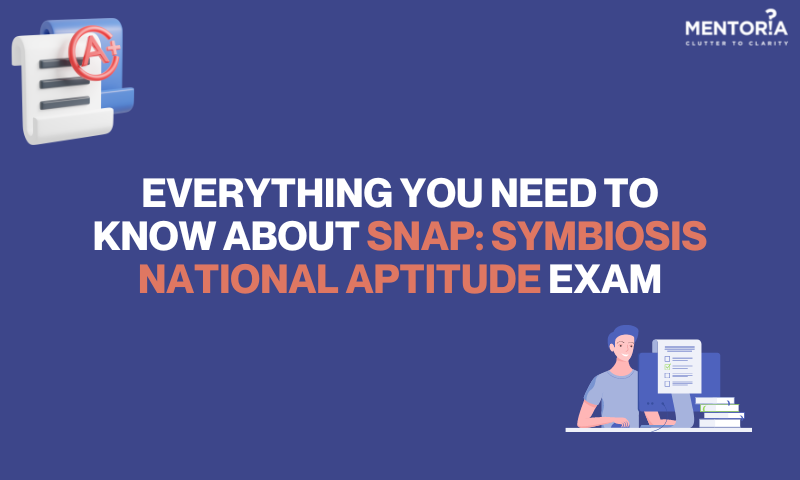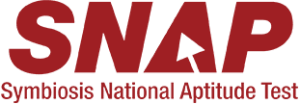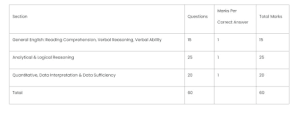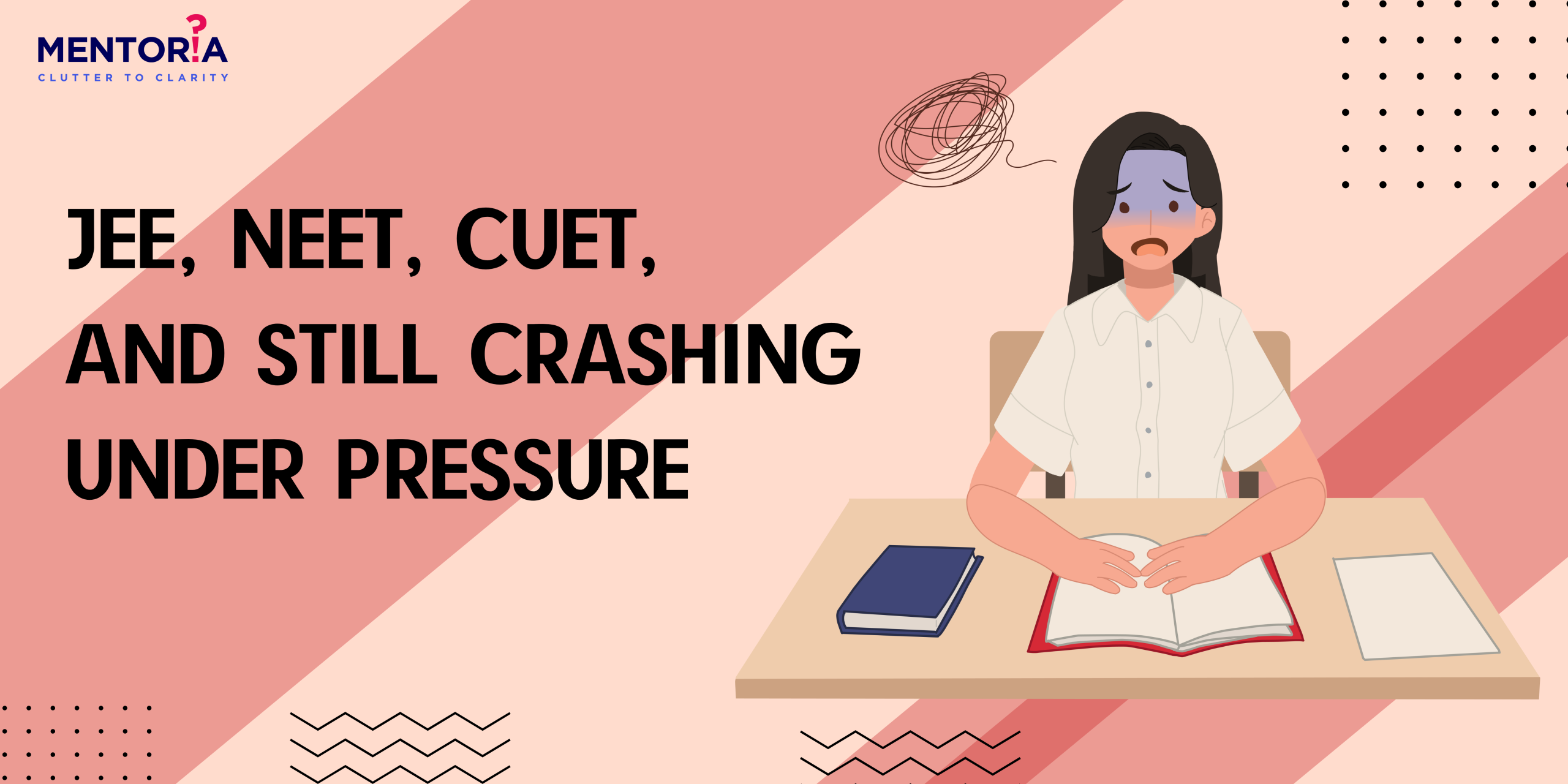Everything You Need to Know About SNAP: Symbiosis National Aptitude Exam

Are you considering pursuing higher education in India? Are you looking for a comprehensive guide to one of the country’s most popular entrance exams? Look no further than SNAP! The Symbiosis National Aptitude Test is one of the most sought-after exams for those interested in an MBA and other postgraduate programs. But what is SNAP, exactly? What does the test entail, and what do you need to know to succeed? In this blog post, we’ll cover everything you need to know about SNAP, from its history and format to tips for acing the exam. So grab a pen and paper, and get ready to learn all about this essential exam!
What Is SNAP? What’s The Eligibility Criteria?
SIU (Symbiosis International University) has a solid reputation for academic achievement, and its programmes are created to meet business requirements and the evolving global economy. In addition to its reputation for academic brilliance, SIU is renowned for its active campus life, which promotes a sense of belonging among its students.
SNAP is a postgraduate entrance examination conducted by Symbiosis International (Deemed University) for admissions into the 26 MBA programmes offered at its 15 institutes. This exam is expected to be conducted in December 2023. To be eligible to appear for SNAP, a candidate must fulfil the following eligibility criteria:
- Educational Qualification: The candidate should have completed a Bachelor’s degree from a recognised university with a minimum of 50% aggregate marks (45% for SC/ST candidates).
- Final Year Candidates: Candidates appearing for the final year of their Bachelor’s degree examination are also eligible to apply, provided their results are declared before the commencement of the admission process.
- Foreign Candidates: Foreign candidates must have completed their undergraduate degree from a recognised university, and their degree should be equivalent to a Bachelor’s degree offered in India.
- Intake Capacity: Each program has a limited intake capacity, and the selection of candidates is subject to the availability of seats in the respective program.
After meeting these criteria, the candidate must also clear the SNAP exam and participate in the subsequent selection process, which may include group discussion and personal interview rounds. Based on the SNAP result percentile, candidates will be shortlisted for the Group Exercise, Personal Interaction, and Writing Ability Test (GE-PI/ WAT). Candidates must participate in all GE-PI/WAT components and examinations in order to be considered for admission to any PG programme.
Understanding SNAP’s Exam Structure
Now that you know what you need for the exam, here is the structure. The Symbiosis National Aptitude Test (SNAP) has a total duration of 60 minutes, and the exam is worth a total of 60 marks. Each question carries one mark and there is a negative marking of 25% for each incorrect answer.
SNAP cut-off percentiles are typically set over 90 at the best institutions. For example, SIBM (Pune) shortlisted applicants with percentiles between 97 and 99. This results in a 44–54 out of 60 scores.
The exam consists of three sections – General English, Analytical and Logical Reasoning, Quantitative, Data Interpretation and Data Sufficiency. Each section is designed to test the candidate’s aptitude in a particular area and has a certain number of questions and marks assigned to it. The exam is computer-based and consists of objective-type questions. Here is a brief overview of the exam structure:
1. General English: This section of the SNAP exam is divided into three parts – Reading Comprehension, Verbal Reasoning and Verbal Ability. To prepare for this section, candidates must focus on improving their vocabulary and grammar skills. You can do this by regularly reading newspapers, novels, and magazines and practising grammar exercises. Candidates must also work on improving their comprehension skills by practising reading comprehension exercises and solving previous year’s question papers.
2. Analytical and Logical Reasoning: This section of the exam will have questions (all MCQs) based on graphs, bars, pie charts, visual reasoning, cause & effect, coding & decoding, puzzles, etc. It is designed to test the candidate’s ability to analyse and draw logical conclusions. The questions in this section cover topics such as logical reasoning, critical reasoning, and analytical reasoning. To prepare for this section, candidates must practise various reasoning exercises and puzzles regularly. They can also solve previous year’s question papers and mock tests to improve their speed and accuracy. The key to performing well in this section is enough practice and the ability to choose the right question.
3. Quantitative, Data Interpretation, and Data Sufficiency: This section will be an amalgamation of calculation based as well as logic-based questions. It is designed to test the candidate’s ability to solve mathematical problems, interpret data, and use data to solve problems. The questions in this section cover topics such as arithmetic, algebra, geometry, data interpretation, and data sufficiency. To prepare for this section, candidates must practise various maths exercises and work on improving their calculation speed. They can also solve previous year’s question papers and mock tests to get a feel for the actual exam. So, the best approach for the preparation of this section is to be thorough with the theorems, formulae and concepts and revise them regularly.
Preparing For SNAP
An exam like SNAP can be difficult to prepare for, but if you go into it with the right attitude, it can also be enjoyable and thrilling.
- Create a Study Schedule: Plan your study schedule in advance, allocating specific time slots for each section. Stick to your schedule and maintain consistency in your preparation. To perform well on the exam, you should use the top textbooks and study guides available in stores and online.
- Practice Mock Tests: Take mock tests and practice the previous year’s question papers to get a feel for the actual exam and improve your speed and accuracy. You can also challenge your friends to mock tests and see who scores the highest. Identify your weak areas and work on improving them. You can take online quizzes, solve previous years’ papers, and practice mock tests to assess your performance and identify areas that need improvement.
- Stay Updated: Reading newspapers and magazines can improve your general knowledge and keep you updated on current affairs, which is essential for the current affairs section of the exam. Follow business and news pages on social media platforms like Facebook, Twitter, and Instagram to stay updated on current affairs. You can also join study groups on Facebook to get study tips and connect with other SNAP aspirants.
- Take Care of your Health: Take care of your physical and mental health. Get adequate sleep, eat healthily, and exercise regularly to keep your mind and body in top shape. Create flashcards for important formulas, vocabulary, and concepts, and use them to revise regularly. Play logical reasoning and math games like Sudoku, crossword puzzles, and brain teasers to improve your problem-solving and reasoning skills. Set small goals for yourself and reward yourself when you achieve them.
It’s Time To SNAP and Shine!
Preparing for the Symbiosis Entrance Exam can be a daunting task, and it’s natural to feel overwhelmed and unsure about where to start. That’s where Mentoria comes in! As a career counselling firm, we can provide you with the guidance and support you need to ace the exam and more!
Kick-start your career discovery journey with Mentoria & be sure to find the right career fit for you. Our four-step career guidance solution helps you find the right fit from 3 streams, 850+ courses & 12,000+ careers.










